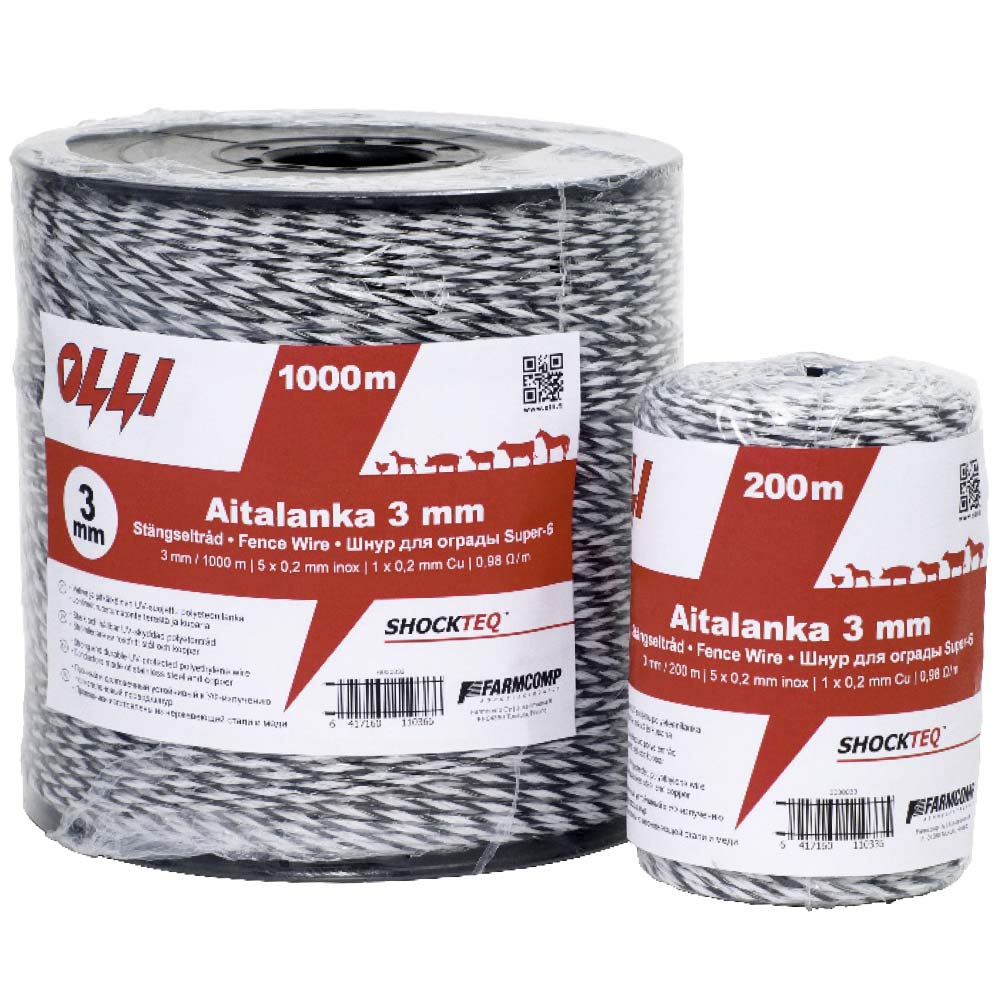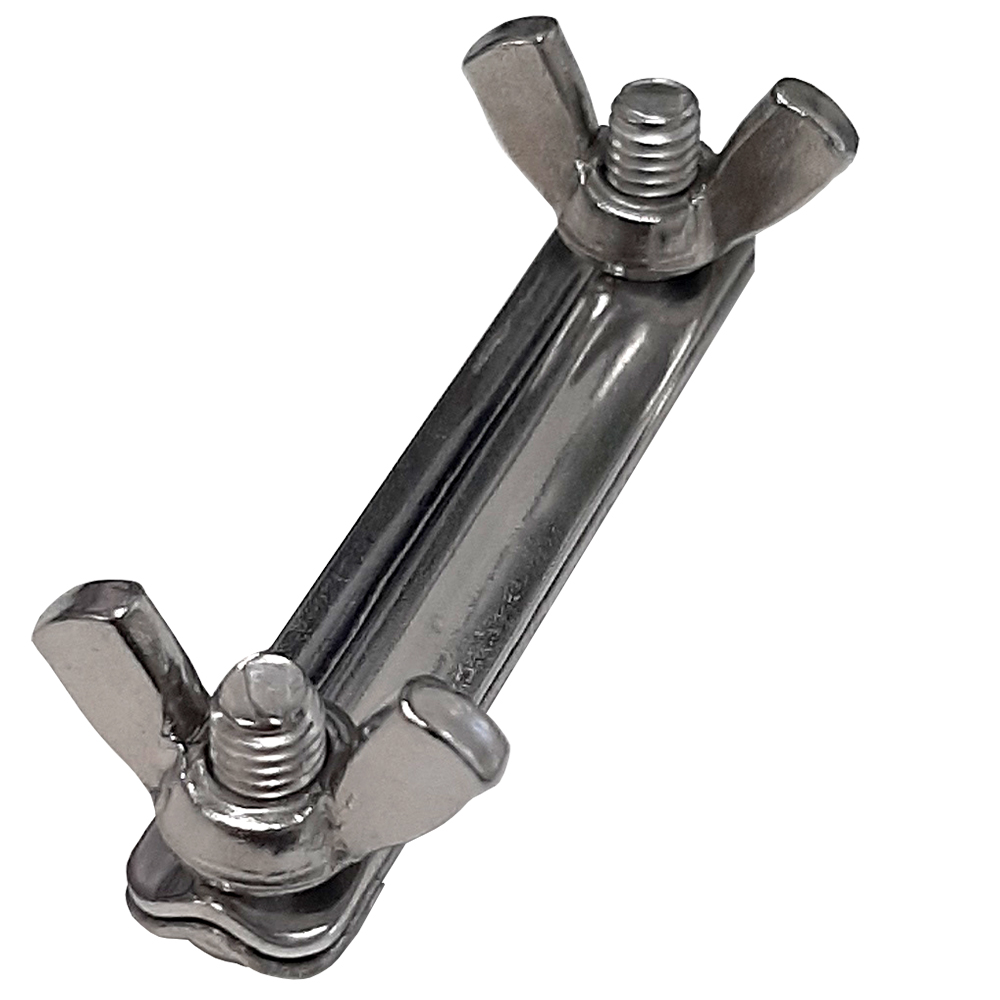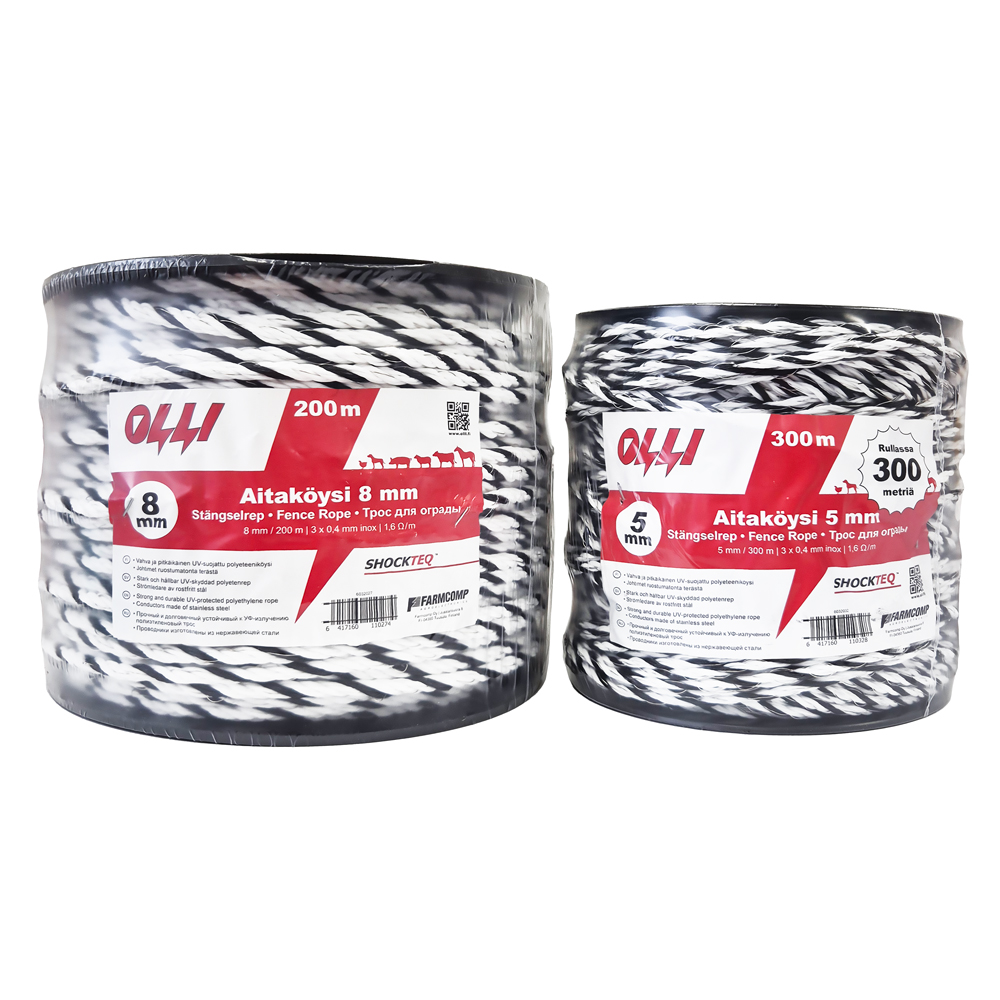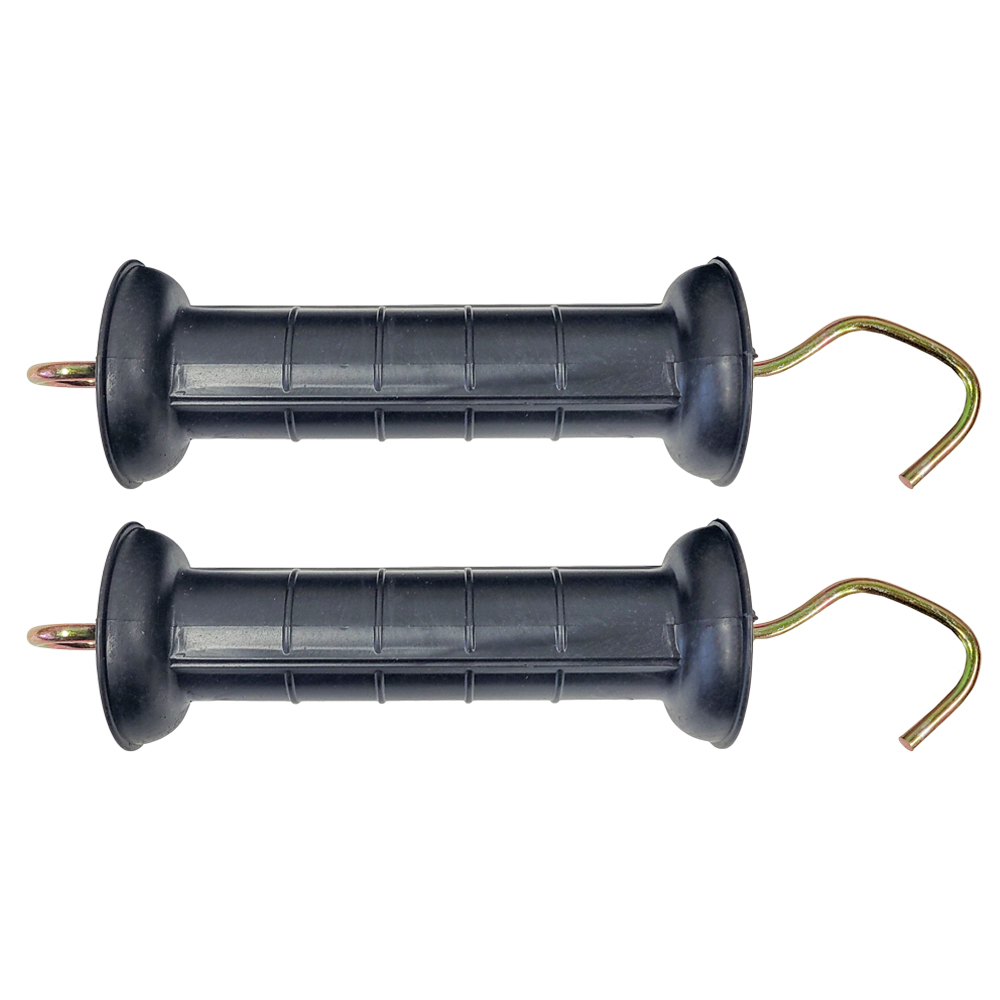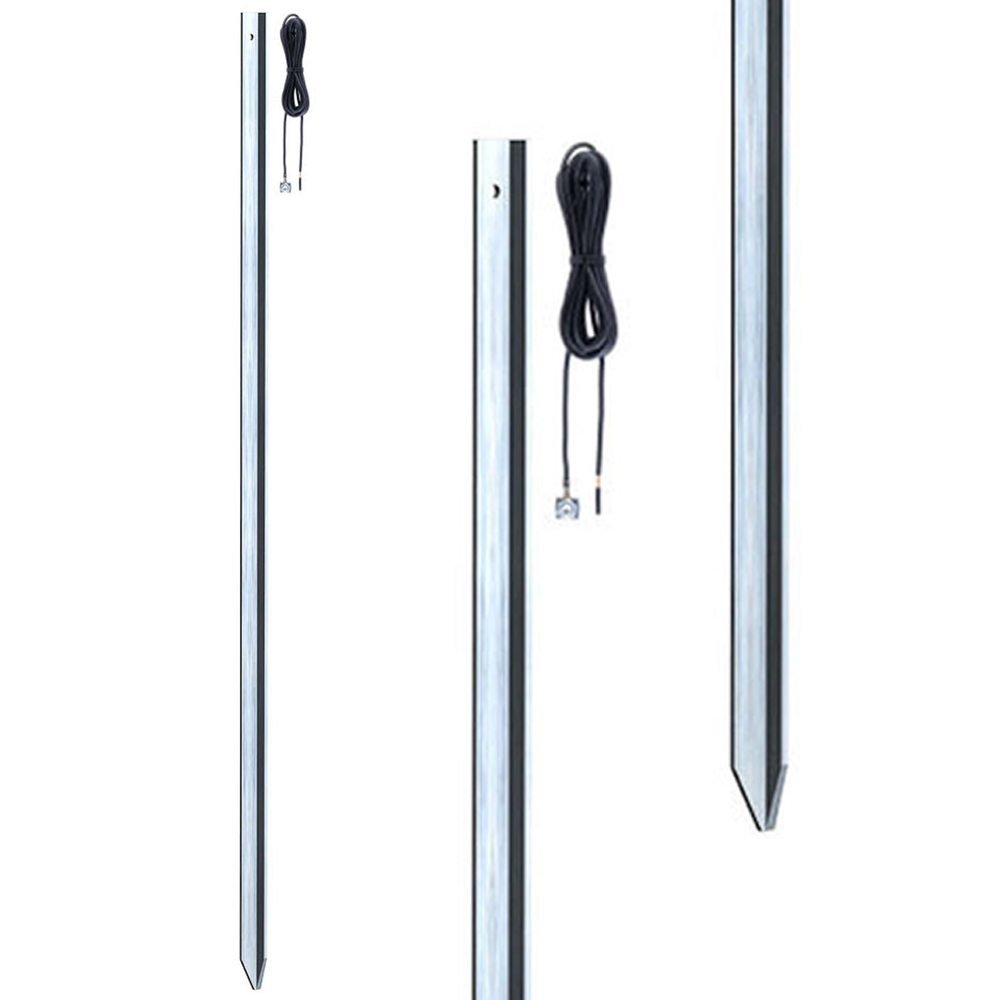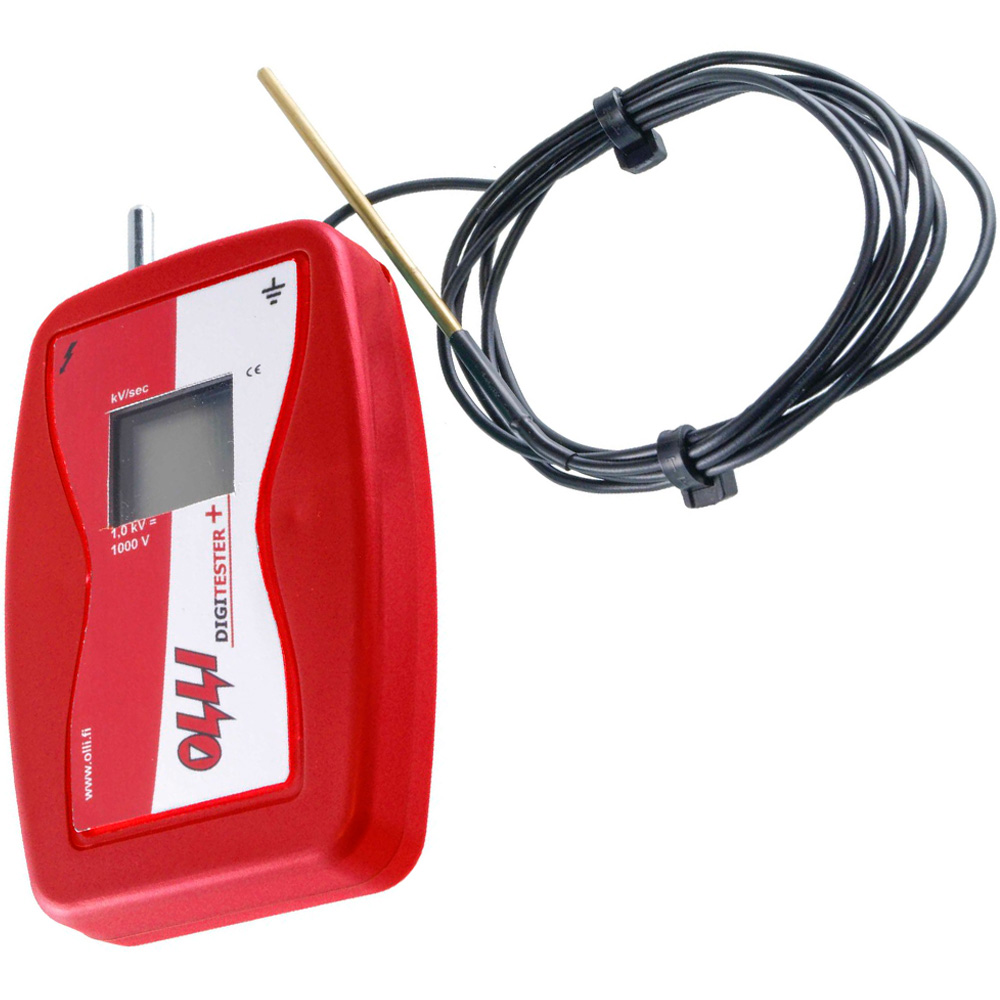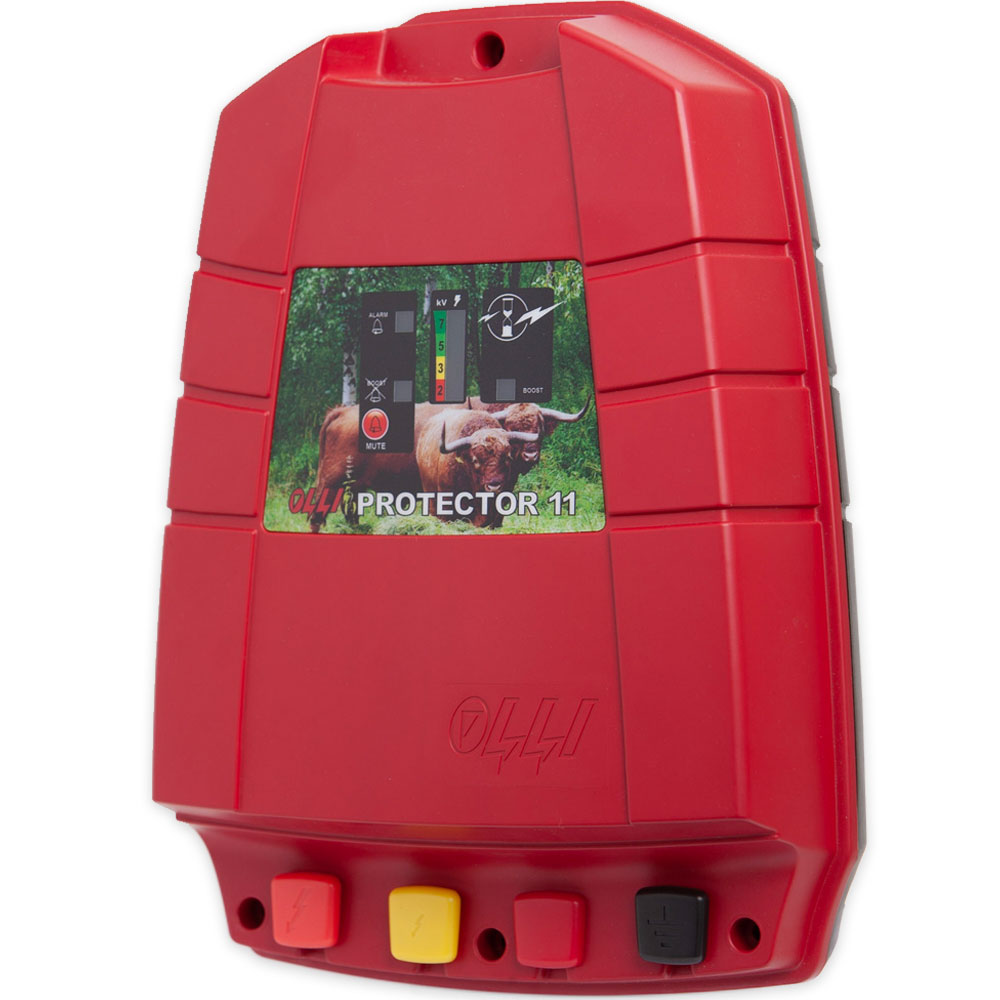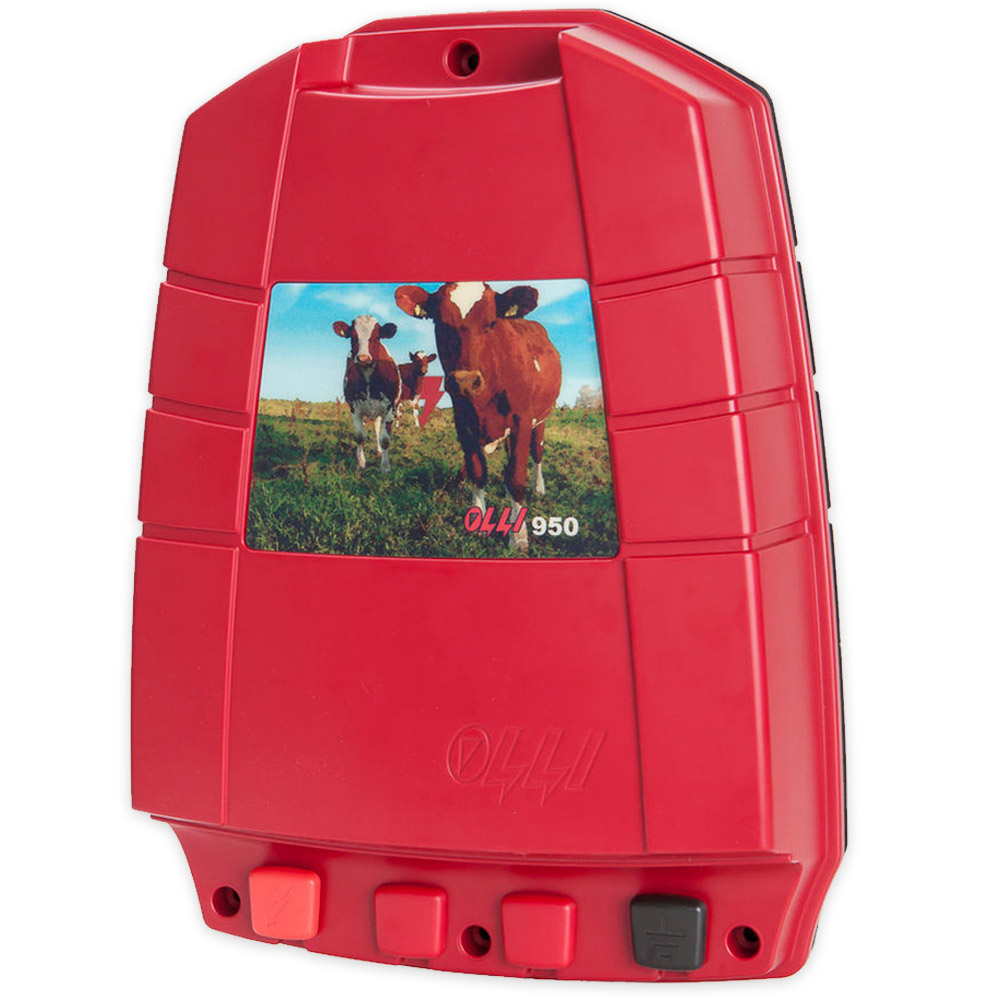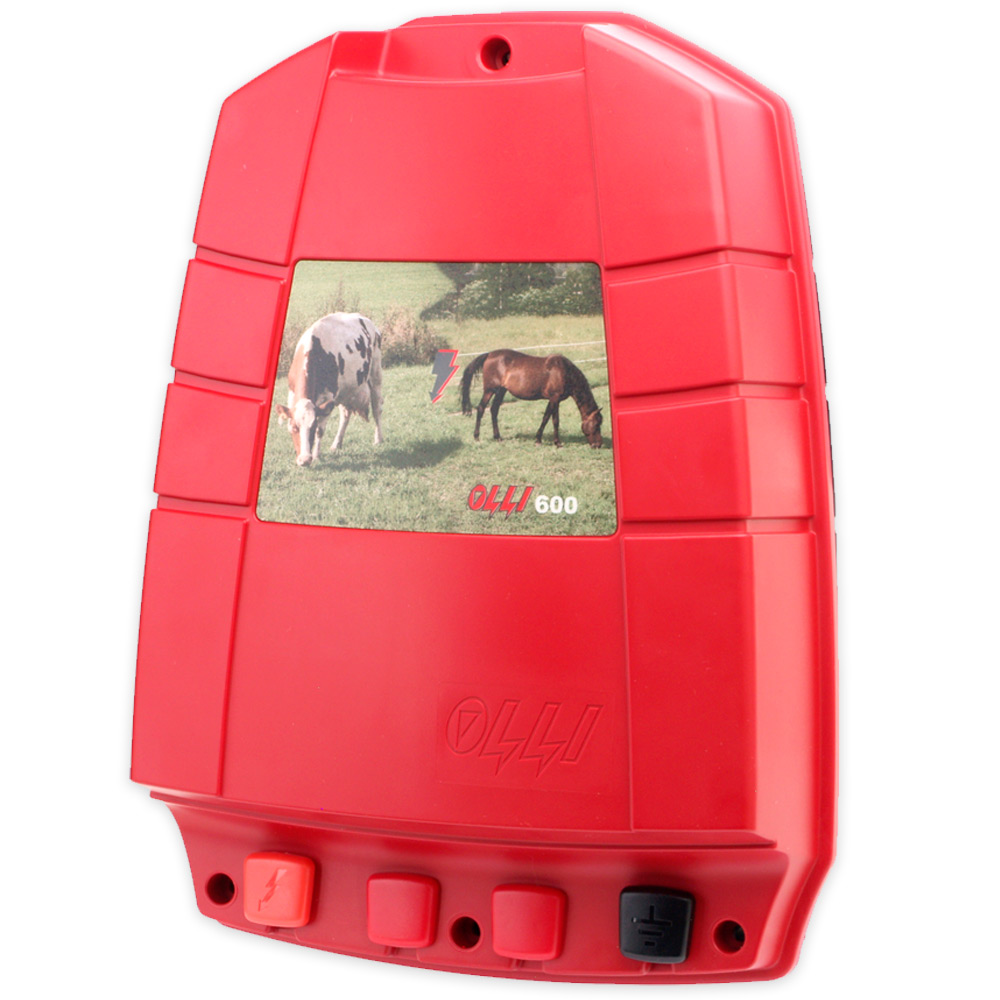

Winter Fencing
Build a functional and durable winter fence
There are many things to consider when building a functional winter fence. Winter is a challenging time for fencing, since alike the snow, ice and frozen ground, the animals’ thick winter coat acts as an effective insulator. To achieve a functional winter fence, in addition to electrification of the fence, other season-related special requirements must be considered.
- In winter, electricity cannot pass from the animal’s feet into the ground through the snow and ice, and the animal does not receive a shock when it touches the fence. Thus, even if the energiser functions flawlessly, the flow of electricity is interrupted by the insulating snow and ice.
- Furthermore, the snow, sleet and ice sticking to the fence tapes easily cause sagging and stretching of the tapes. Therefore, in case of winter fences, Olli Shockteq designated products intended particularly for year-round use should be preferred as fence tapes.
- Snow brings its own challenges to the fence height as well: in snowy winters, the snow can significantly raise the bottom of the fence, thereby lowering the height of the fence.
Tip! The flow of electricity between the animal and the fence can also be interrupted in summer, in very dry conditions or on rocky terrain. Under such circumstances, a fence built in compliance with the winter fencing instructions is a functional solution.
Download Olli Fencing Guide and Winter Fencing Guide >
Determination of electric fence condition | Building fences with winter fence tape | Is your gate a nuisance?
Products
Cannot find what you are looking for?
If you failed to find the product you were looking for, please contact us! Olli’s fence consultants will help you with all questions related to fencing!


